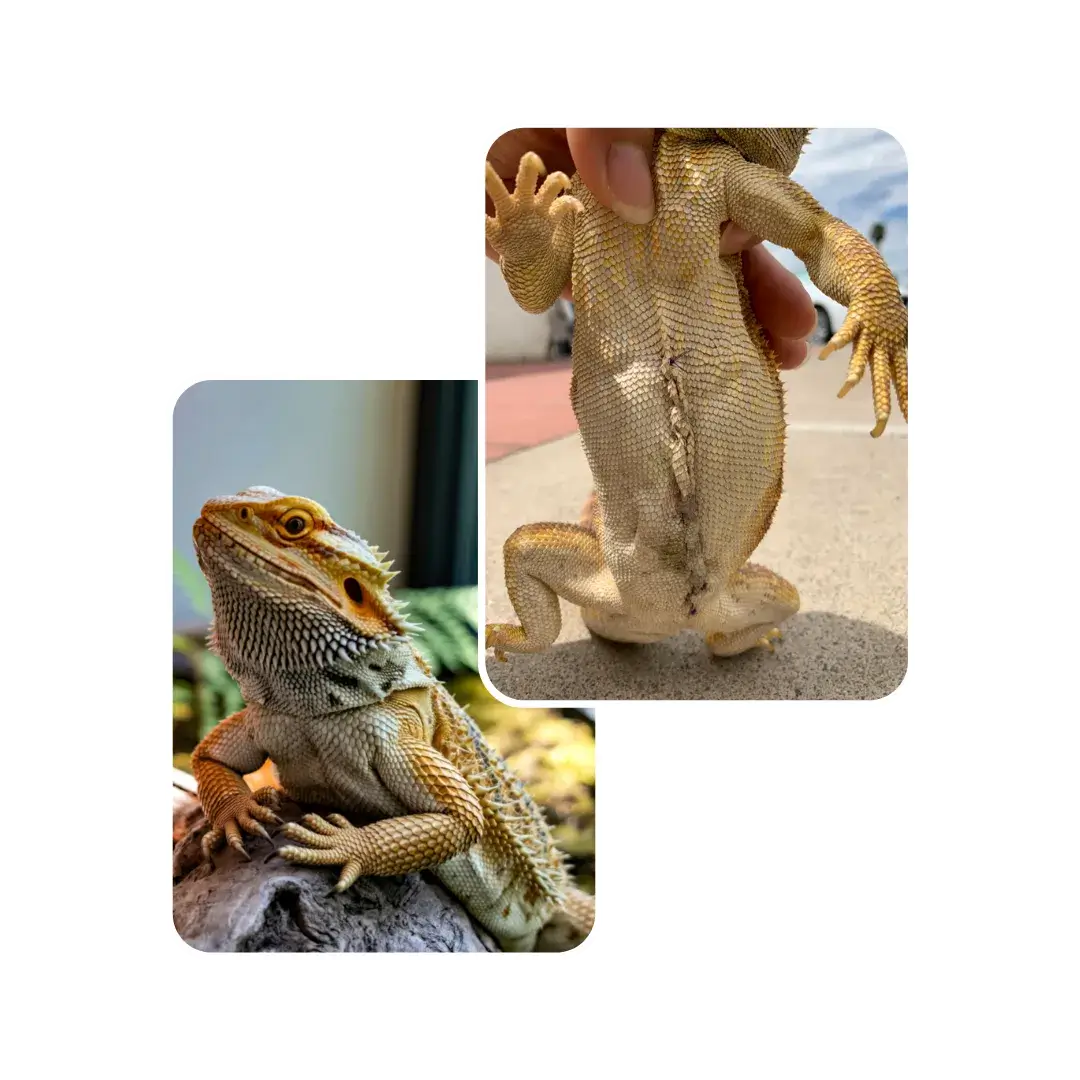

Immediate surgery offers the highest cure rate. A lump could be a fast-growing malignant tumor that needs removal before it spreads (metastasizes). We need immediate diagnostics and surgery to save its life.
Precision diagnostics prevent unnecessary risks. We use ultrasound and a surgical biopsy (taking a sample of the mass) to confirm the exact cell type. This pathology report dictates the severity of the surgery and the prognosis.
We find and treat the silent killer. Rapid weight loss often signals a highly aggressive internal tumor that is consuming the body's energy. We use STAT X-rays and bloodwork to locate the mass immediately.
Specialized care minimizes risk. Our exotic team uses advanced, tailored reptile anesthesia protocols and precise monitoring. We stabilize the patient with fluid therapy beforehand, making the procedure as safe as possible.
Lifelong vigilance protects your pet. We recommend a strict schedule of follow-up X-rays/ultrasound every 3–6 months and provide a permanent nutritional plan to keep the immune system strong.
Your pet deserves expert care – Subscribe now for trusted tips and updates from our pet experts.
